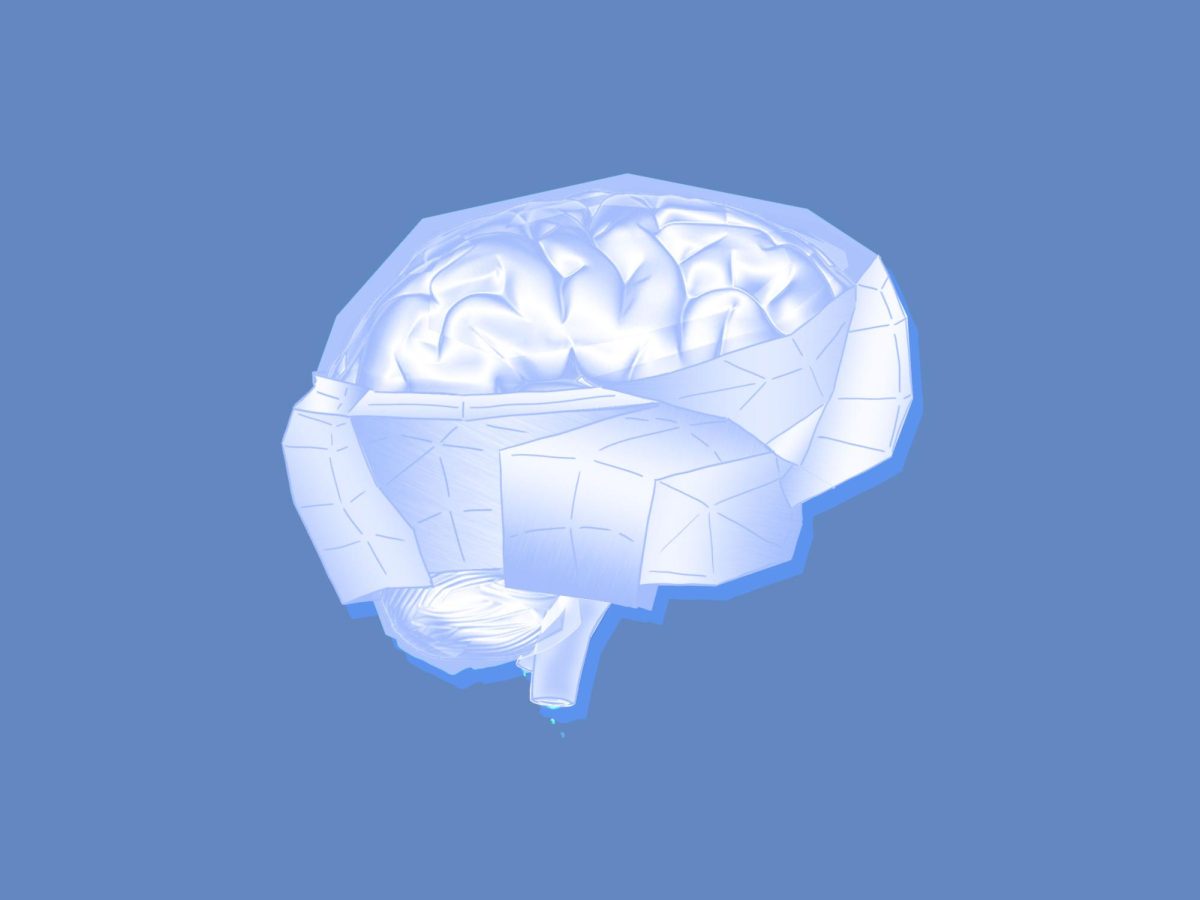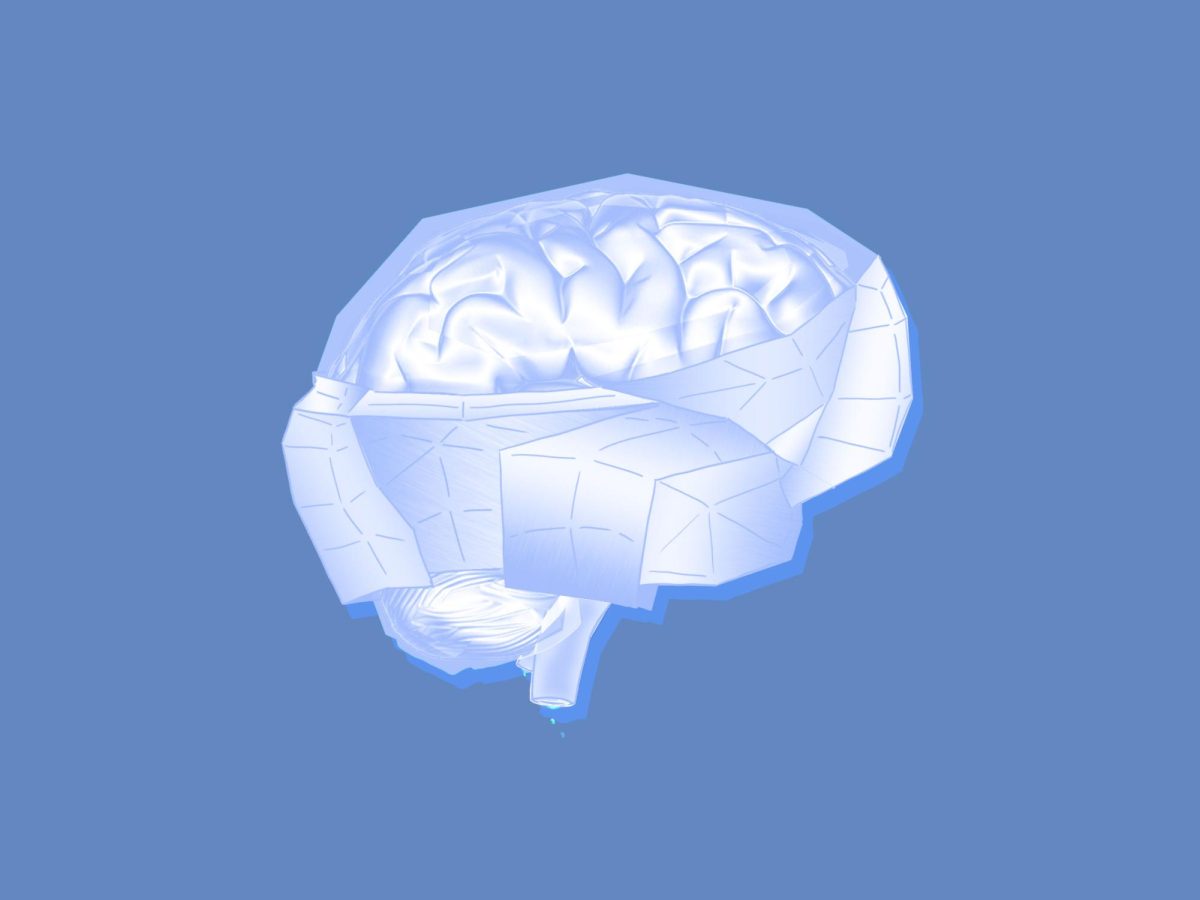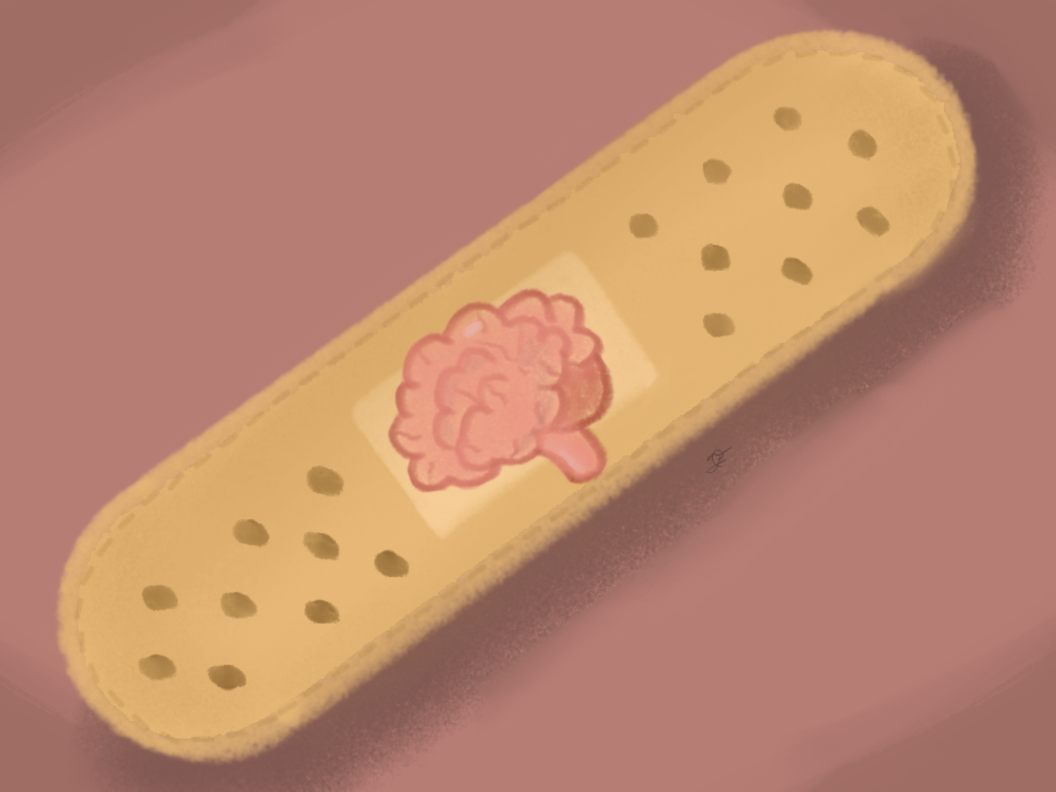A digital twin is an AI model that mimics how a real brain works. Using data from living subjects, scientists can simulate brain responses virtually, saving time, money and reducing risks to patients.
In a recent breakthrough, researchers have built one of the most advanced digital brain models yet, focused on the visual cortex of mice. This AI model can predict how neurons will respond to brand-new visual images, something earlier models could not do.
To train the model, researchers recorded over 900 minutes of brain activity from eight mice as they watched action-packed movies like Mad Max, Nina Bai of Stanford Medicine recalled. The mice’s eye movements and responses were tracked as their brains processed visual scenes.
The result was a four-part AI model that learned how mice react to everyday scenes and could even handle new images it hadn’t seen before.
“The ultimate goal—the holy grail—is to generalize to scenarios outside your training distribution,” Dr. Andreas Tolias, professor of ophthalmology at Stanford and senior author of the study, said.
What makes the model powerful is that it can quickly adapt to the brain function of a new mouse using just four minutes of data, creating a personalized digital twin, Tim McMillan suggests. This means researchers could simulate a new subject’s brain in minutes instead of weeks or months.
The digital twin not only predicted brain activity but also identified each neuron’s type and location, confirmed by real brain maps from the MICrONS project.
Beyond its technical success, this technology could change how we study the brain.
Most neuroscience research has focused on men, with less than 1% of over 50,000 brain studies looking at women-specific factors like pregnancy or menopause.
Dr. Nina Miolane, an AI researcher at UCSB and Stanford, is helping close the research gap by creating digital twins of women’s brains. Her team used AI to track how hormones affect brain structure, finding that the hippocampus, a key memory region, changed shape throughout the menstrual cycle.
In another project, they studied brain changes during pregnancy. Hormone levels rose sharply, gray matter volume dropped and recovery was slow, with some changes lasting more than six years. These studies show how dynamic and under-researched the female brain remains.
With enough data, these digital twins could allow doctors to test drugs virtually, predict how an individual might respond to therapy and design safer, more effective treatments. As Dr. Tolias noted, “This is just the tip of the iceberg.”









